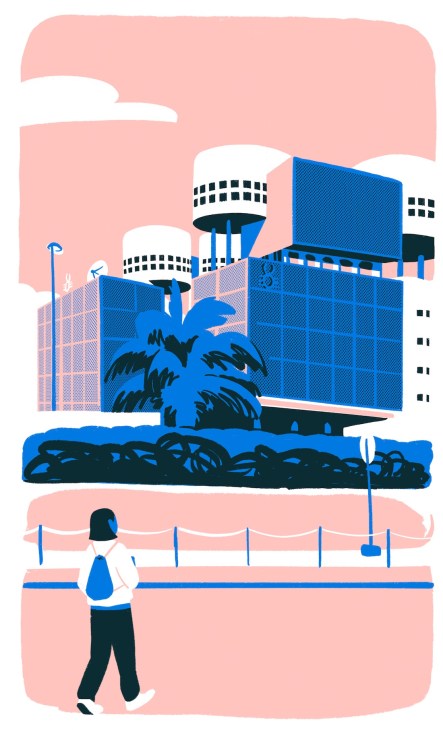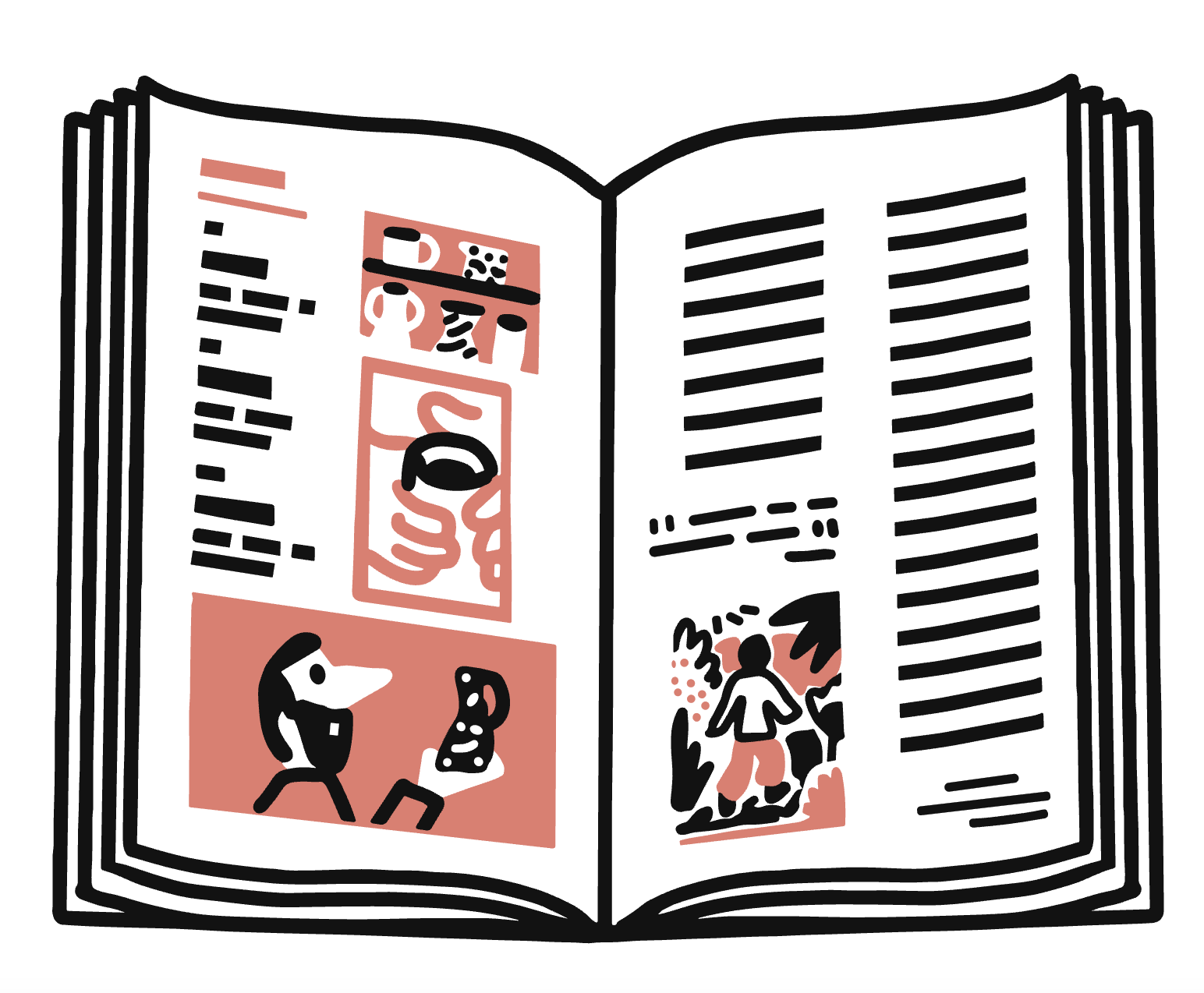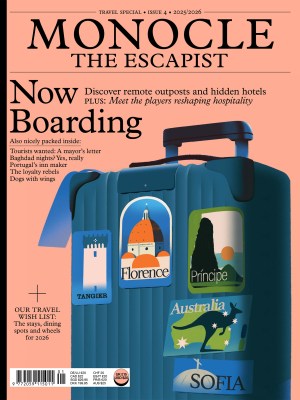Preserving Lomé’s modernist legacy: A call to protect Togo’s architectural heritage
Abandoned buildings are a common feature of cities in West Africa. But there are ways to protect and celebrate the region’s lively architectural heritage too.
We sometimes make assumptions about cities that shape the ways in which we view them – but these are often wrong. Lomé, the capital of Togo, isn’t usually considered architecturally interesting. But the city centre is home to a fascinating array of brutalist buildings. Some are still in use, while others are in disrepair.
In the West, modernist architecture tends to be celebrated. That’s not the case in West Africa. The region’s postwar heritage is either completely overlooked or dismissed as outdated and cumbersome. Togo’s first-ever national pavilion at the Venice Biennale is our way of introducing this underappreciated and little-explored inheritance to the world.
Our research started a few years ago, when we became interested in the country’s attempts to forge a new national identity. Togo was under German control until 1914, after which it was administered by the UK and France, before gaining independence in 1960. The architecture of those eras has been well documented by institutions in these countries. Even in Togo, people use colonial-era buildings as a reference point for the nation’s architectural identity. Yet there’s a dearth of information about Togolese modernism.

Our exhibition forgoes the better-known colonial examples in favour of the ancient vernacular and post-independence modernism. We look at Nôk cave dwellings, Tata Tamberma earth castles and Afro-Brazilian structures built by freed slaves who returned to Togo from South America. We want to draw parallels between these buildings and what came later. We want you to ask yourself, “What is Togolese architecture?”
In our exhibition we showcase 13 of Lomé’s most iconic modernist buildings, some still in use, some renovated, some abandoned. One of our favourite landmarks is the Hôtel de la Paix, a 1970s-era five-star property that was abandoned in the 2000s. The hotel plays a major part in Togo’s pop-culture scene – many music videos have been filmed here – but it is constantly under the threat of demolition. Some modern gems, such as the Hôtel Sarakawa and the Boad bank, are still in use.
So what sets these buildings apart from modernist structures in cities such as Marseille and Melbourne? In the 1970s one of the first architecture schools in French-speaking Africa opened in Lomé. Togolese architects designed many buildings in the capital, including the Bourse du Travail, which also features frescoes, mosaics and artworks by Paul Ahyi. The Hedzranawoe market, by Da-Blèce Afoda-Sebou, was built in the shape of a three-leaf clover, the Togolese national emblem. The West African Development Bank is a striking brutalist building designed by French architecture firm Durand Ménard Thibault in collaboration with local architect Raphaël Ekoué Hangbonon. Research suggests that he provided the idea for the cylinder forms on the building’s exterior, which resemble the Tata Tamberma, an ancient type of Togolese earth architecture.
Togo’s modernist buildings are often discussed in unflattering terms and depicted as concrete monsters. But a closer look reveals that they are subtly – and beautifully – adapted for the climate, from their orientation to ventilation features such as brise-soleils. We can, of course, question the use and volume of concrete in these projects. Even so, they look more advanced than many of today’s designs. We live in a time when we’re building glass skyscrapers without any consideration for the environment. Such structures lack identity, no matter whether you’re in London, Dubai or Lomé.
For us, this exhibition is a call to action. Lomé still has a particular architectural character but it’s at risk of disappearing. Love them or hate them, these buildings make the city what it is – and this matters. We must take notice: when they’re gone, they’re gone.
About the writers
Fabiola Büchele and Jeanne Autran-Edorh are the co-founders of Studio Neida. They curated Togo’s inaugural National Pavilion, titled Considering Togo’s Architectural Heritage, which is on show at Squero Castello during the 2025 Venice Architecture Biennale.
As told to Monocle’s design correspondent, Stella Roos, in the fifth edition of The Monocle Companion: Fifty Ideas on Architecture, Design and Building Better’, out now – buy your copy today.


